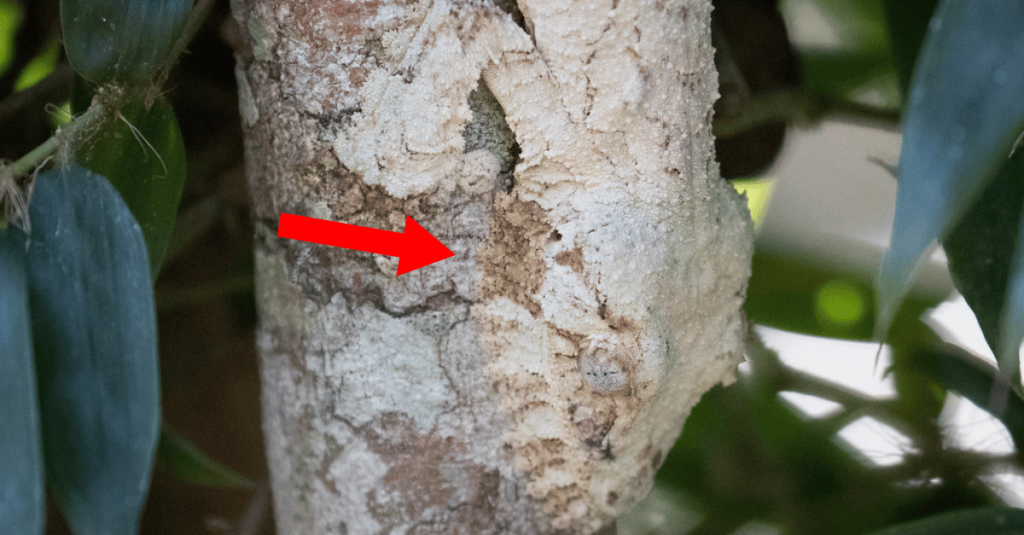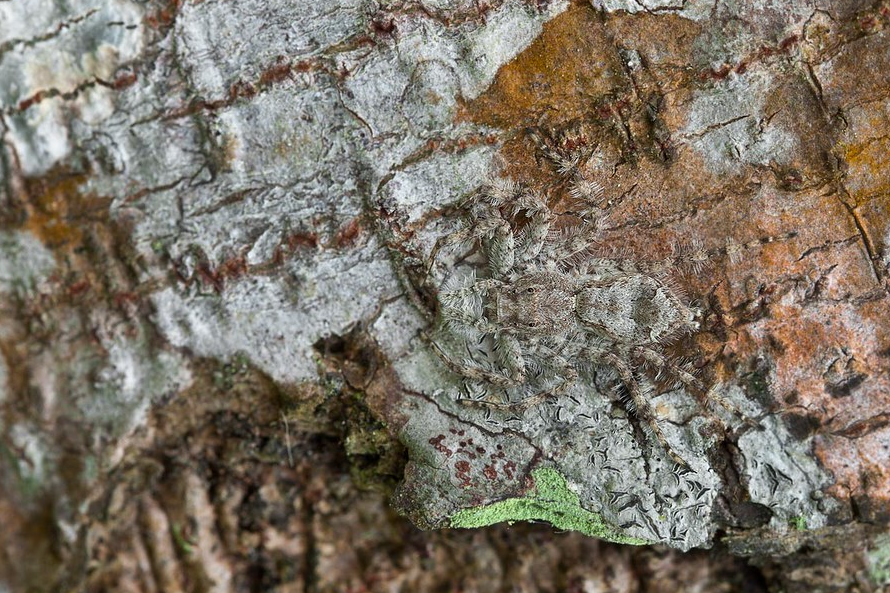1. Leaf-Tailed Gecko

With its flat body and jagged edges, the leaf-tailed gecko looks like a dried leaf, blending perfectly with forest floors and tree bark. This incredible mimicry helps it avoid predators and surprise its prey.
2. Arctic Fox
The arctic fox’s thick, white fur is ideal for blending into the snowy landscapes of the Arctic. In summer, it sheds its white coat for brown-gray fur to stay hidden among rocks and tundra vegetation, a perfect seasonal camouflage.
3. Stonefish
Known as one of the most venomous fish in the ocean, the stonefish takes on the appearance of a rough stone or coral. This clever disguise helps it ambush prey and hide from potential threats on the seafloor.
4. Snow Leopard
Snow leopards are elusive for a reason—their smoky gray fur with dark rosettes makes them nearly invisible against the rocky mountains of Central Asia. They’re perfectly camouflaged to stalk prey in their rugged, snowy environment.
5. Stick Insect
As their name suggests, stick insects resemble twigs or branches. They’re so convincing that predators often pass them by without a second glance, making them one of the most effective camouflage experts in the insect world.
6. Cuttlefish
Cuttlefish are the masters of rapid color and texture changes, allowing them to blend with sand, rocks, or coral in seconds. Their skin contains specialized cells called chromatophores, which make them capable of amazing transformations to avoid predators and communicate with other cuttlefish.
7. Owl
Owls have mottled, earth-toned feathers that allow them to disappear against tree bark, leaves, and even rocky cliffs. Their stillness and silent flight add to their mysterious presence, making them almost impossible to spot when they’re on the lookout for prey.
8. Pygmy Seahorse
These tiny seahorses, no bigger than a grain of rice, look identical to the coral they inhabit. Their bodies match the color, shape, and even texture of the coral, providing them with perfect camouflage against predators.
9. Praying Mantis
Praying mantises can resemble everything from leaves to sticks, depending on their environment. Their cryptic coloration helps them hide from both predators and prey, making them skilled ambush hunters.
10. Mimic Octopus
The mimic octopus takes camouflage to the next level by not only changing colors but also imitating the shapes and behaviors of other animals, like lionfish or sea snakes. This impressive mimicry keeps predators at bay and makes it a master of disguise.
11. Bark Spider

Bark spiders are nearly impossible to see on tree trunks, thanks to their mottled brown and gray coloration. They can even mimic the texture of bark, allowing them to go unnoticed by both predators and prey.
12. Leaf Insect
These insects look exactly like leaves, down to the veins, edges, and color. Some even appear with “bites” taken out, making them look like a leaf that’s been nibbled by another insect. Their camouflage is so effective that predators often walk right by without noticing.
13. Tawny Frogmouth
The tawny frogmouth is a bird that looks exactly like a branch or a log. When it’s perched motionless, its plumage matches the bark and texture of the trees it rests on, making it nearly impossible to see in daylight.
14. Green Tree Python
The green tree python blends seamlessly into the rainforests of Australia and New Guinea. Its bright green scales help it disappear among the leaves, while its coiled position on branches makes it look like just another vine in the jungle.
15. Jaguar
With their golden, spotted coat, jaguars are perfectly camouflaged in the dappled light of the jungle. Their markings mimic the patterns of light filtering through the trees, helping them sneak up on prey or hide from other animals in their dense, tropical environment.


